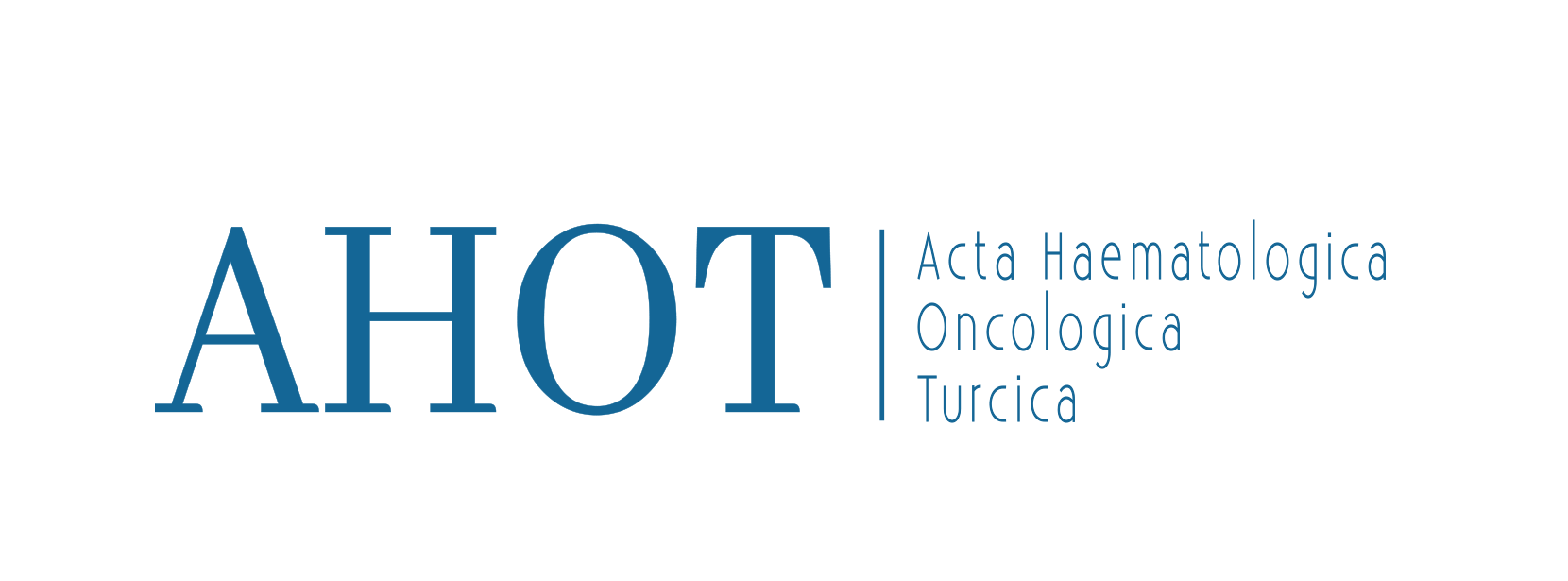Abstract
INTRODUCTION
Percutaneous radiofrequency (RF) ablation via computed tomography (CT) guidance has been currently performed in treatment of osteoid osteoma as a popular method. The purpose of this study was to evaluate the complications and efficacy of the procedure.
METHODS
A total of thirty-five consecutive patients from August 2012 to November 2015, were included in the study. The ablation procedure was performed under conscious sedation with a RF electrode in tomography unit. Archive images and file records were retrospectively evaluated. Lesions’ locations, nidus diameters, and affected areas (cortical, cortical-intramedullary, medullary) were noted. Relief of pain after the procedure was accepted as success criteria. The patients were routinely hospitalized a day after the procedure.
RESULTS
Twenty-five male and ten female patients were included. The mean age and nidus size were 16±5.59 and 5.64±2.5 mm, respectively. Niduses were located in cortical (n=24), cortical-intramedullary (n=7), and medullary (n=4) regions. Lesions were located in femur (n=19), tibia (n=9), acetabulum (n=3), fibula (n=1), calcaneus (n=1), scapula (n=1) and iliac bone (n=1). All of the patients except one achieved pain relief after the procedure. The patient, who had pain after ablation, had been re-ablated 3 weeks later. Two patients had peroneal neuropraxia lasting in an hour (n=1) and tingling sensation lasting in 5-6 days (n=1) after ablation. Recurrence was recorded in one patient 15 months after the procedure, and re-ablation was offered. Third degree burn associated with ablation procedure was observed in three patients.
DISCUSSION AND CONCLUSION
RF ablation technique in the treatment of osteoid osteoma has a high success rate. Procedure failure and recurrence rates are lower. Dramatic pain relief, early discharge and return to daily life in a short time are expected. RF ablation is the first-line therapy in appropriate lesion locations. Complication rate is low. However, burn complication, which can occur during the procedure, seems to be a serious problem.



